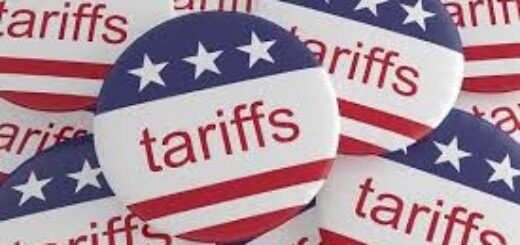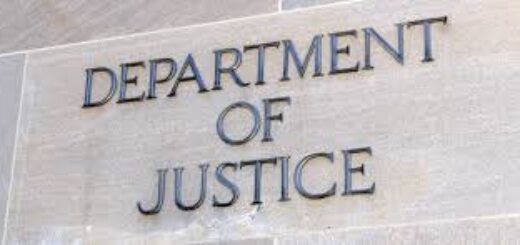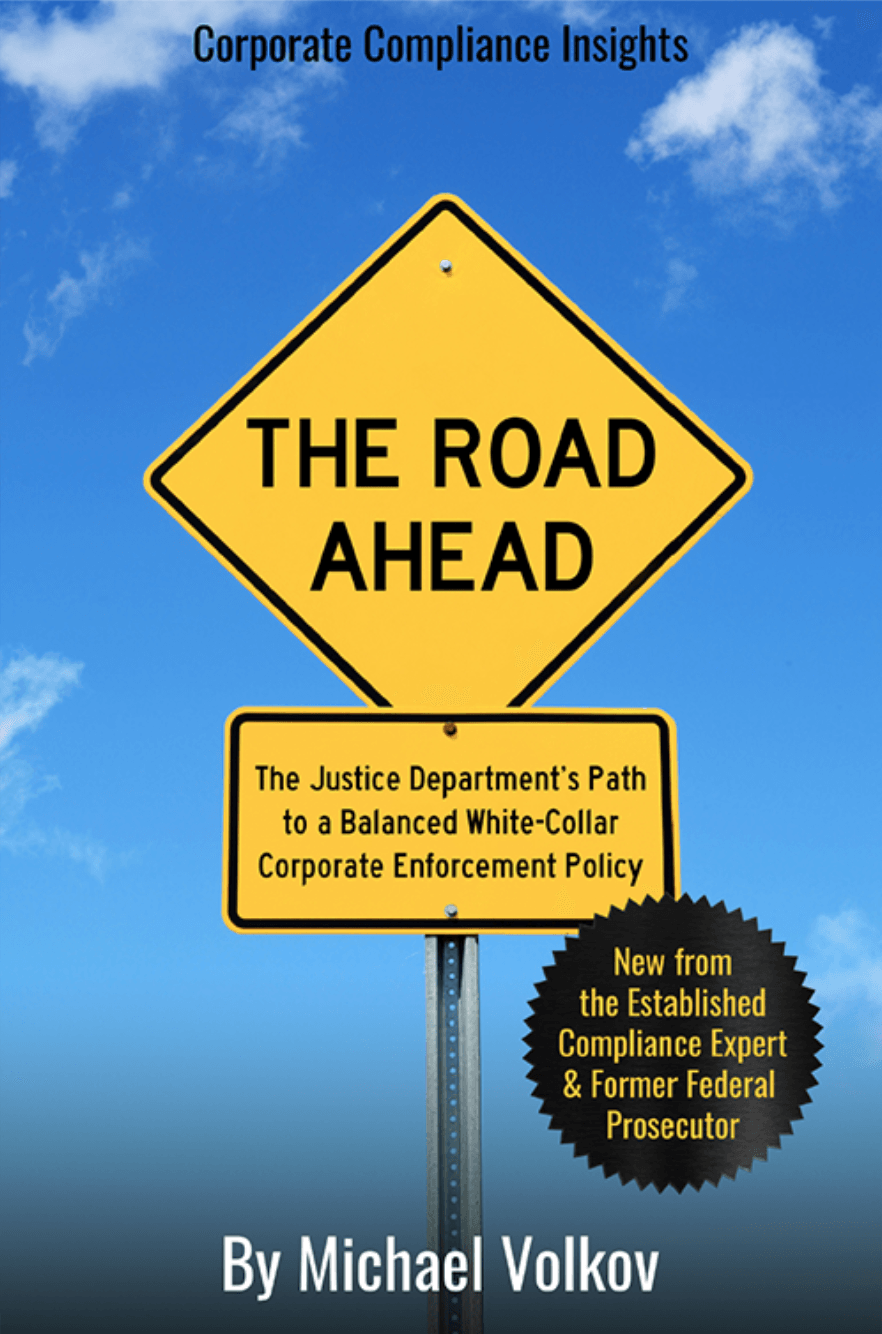Going Green: Corruption and the Environment
 Corruption Crime & Compliance welcomes Patrick Kellermann from LeClairRyan who authored this post. Patrick’s biography is located here.
Corruption Crime & Compliance welcomes Patrick Kellermann from LeClairRyan who authored this post. Patrick’s biography is located here.
For the past decade, money has poured into green businesses and its support industries. But remember, DOJ and SEC enforcement follows the money. This brings to mind the age-old adage, summarized well by Christopher Wallace: more money, more problems. It should come as no surprise that environmental issues are increasingly the trigger for anti-corruption investigations and penalties.
Compliance with foreign environmental laws and regulations requires hoards of licenses, permits, approvals, inspections and often evolves into regulatory or other investigations abroad. At every step of the way, standing between the company and successful resolution of a matter, may be a foreign official demanding bribery payments.
Global retailers and manufacturers are especially vulnerable to such risks. Companies are often faced with delays as they await regulatory approvals. Manufacturing plants and retail stores sit inactive while they are waiting for such approvals. The temptation is strong, the competitive harm is obvious, and the pressure to “expedite” approvals can be overwhelming. Bribes can make environmental objections vanish and permits can materialize in days or even hours. Compliance requires suffering – delays are a cost of doing business in a new and lucrative market. Greed cannot dictate violation of the law.
A global agricultural products company found itself in FCPA hot water after discovering financial irregularities during a routine audit. The company self-disclosed a $50,000 bribe of a local Indonesian government official to repeal a decree requiring an environmental impact assessment. As a result, the company paid a $1.5 million fine and agreed to hire an independent consultant to review its business practices for three years.
Often, companies employ huge networks of third party agents to navigate this complicated maze, raising its own set of concerns. A large chemical company, for example, paid a $325,000 penalty to the SEC for making bribery payments through various third parties to an Indian environmental board to obtain product registration.
And if not bribes, perhaps it’s customary to offer gifts, travel, entertainment, or cover other expenses for an official. Again, beware. These days, absent large lump-sum payments, the favored prosecution tactic is to charge a pattern of small expenditures as part of a larger plot to obtain a government official’s favor. This is particularly true when small expenditures are not accurately reflected on the corporate books.
We have also seen purely environmental investigations evolve into FCPA liability. During an EPA criminal investigation into Clean Air Act violations by a bulk commodities testing company, the agency discovered $50,000 worth of bribery payments to Panamanian government officials, through a third party, to win contracts and gain access to key geographical areas. For this, the company paid a $3.4 million fine, served a five year term of probation, and was required to advertise in petroleum industry trade publications the terms of its guilty plea. Its subsidiaries paid an additional $1.5 million fine and a senior executive received a prison sentence. Talk about “out of the pot and into the fire!”
Keep a close watch on your “green.” Compliance with anti-corruption laws should be right up there with environmental laws.















